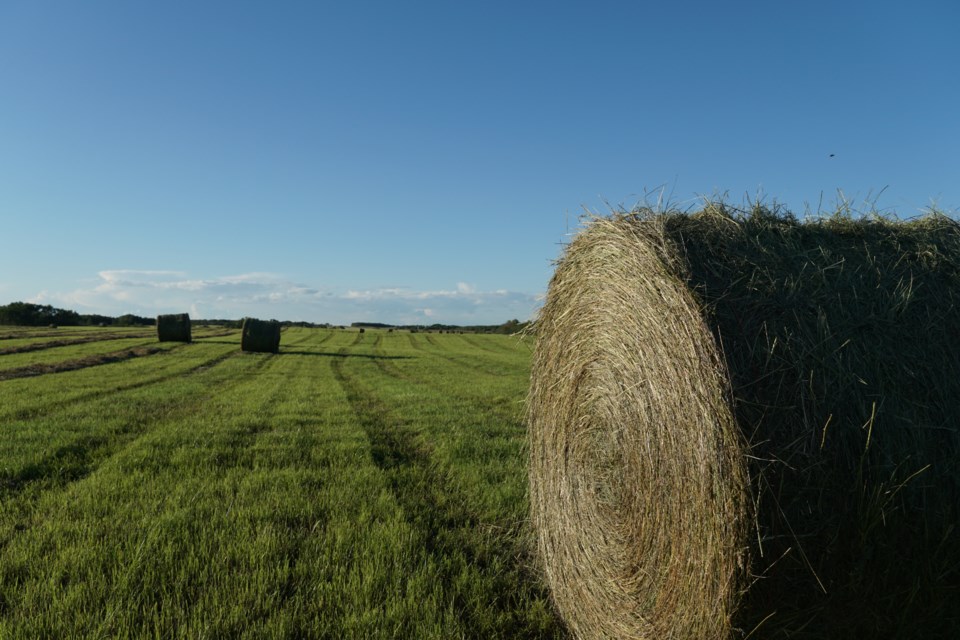Haying continued throughout the province, with fewer delays caused by rainfall this past week.
Livestock producers now have 26 per cent of the hay crop cut and 49 per cent baled or put into silage. Hay quality is currently rated as seven per cent excellent, 68 per cent good, 20 per cent fair and five per cent poor. Many farmers have indicated that hay yields are below normal this year, particularly in areas that received less rainfall in early summer.
Rainfall this past week varied throughout the province, with many areas not receiving any rain and areas around Indian Head and Neilburg receiving up to 50 mm. The St. Walburg area has received the most rain since April 1 with 416 mm.
With the lack of rainfall in many areas and warm temperatures this past week, moisture conditions have reduced slightly in the province. Cropland topsoil moisture is rated as two per cent surplus, 71 per cent adequate, 22 per cent short and five per cent very short. Hay and pasture land topsoil moisture is rated as one per cent surplus, 63 per cent adequate, 25 per cent short and 11 per cent very short.
Crop development progressed rapidly this past week due to warm weather. Winter cereals are starting to ripen and earlier seeded crops have started to mature. Some farmers have indicated that harvesting of those crops will begin in the coming weeks. While the majority of crops overall are in fair-to-good condition, most of the spring cereals, canola, field peas and soybeans are in fair-to-excellent condition.
Crop damage this past week was due to strong winds, lack of moisture, localized flooding, hail and wildlife. There have also been reports of diseases such as root rots, ascochyta, sclerotinia, fusarium head blight and other foliar diseases and insects such as grasshoppers.
Farmers are busy haying, scouting for pests and getting equipment and bins ready for harvest.
A complete, printable version of the Crop Report is available online at https://www.saskatchewan.ca/crop-report.
Follow the 2020 Crop Report on Twitter at @SKAgriculture.



